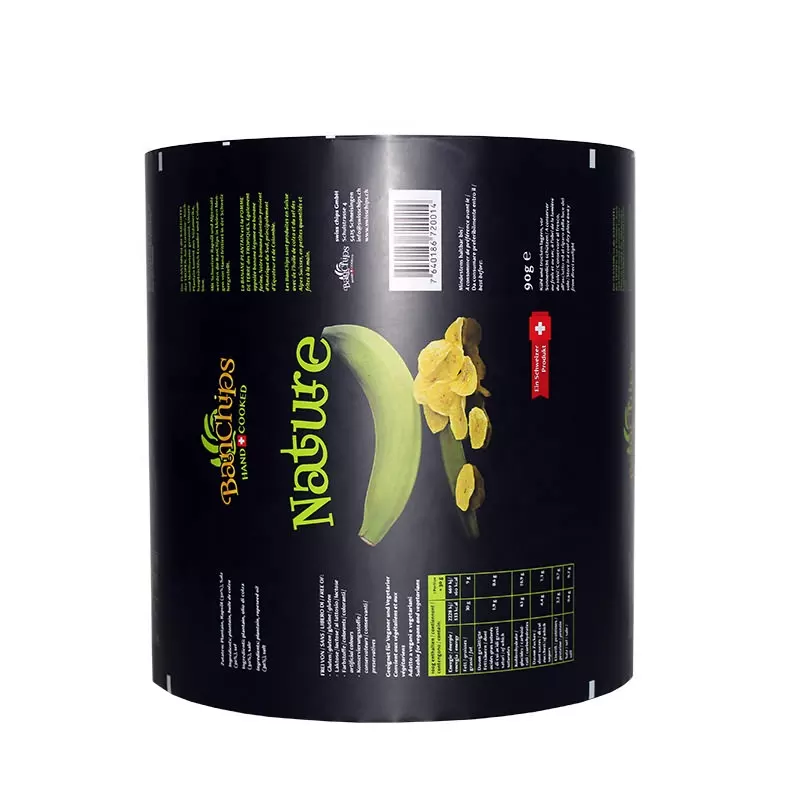- Afrikaans
- Albanian
- Amharic
- Arabic
- Armenian
- Azerbaijani
- Basque
- Belarusian
- Bengali
- Bosnian
- Bulgarian
- Catalan
- Cebuano
- chinese_simplified
- chinese_traditional
- Corsican
- Croatian
- Czech
- Danish
- Dutch
- English
- Esperanto
- Estonian
- Finnish
- French
- Frisian
- Galician
- Georgian
- German
- Greek
- Gujarati
- haitian_creole
- hausa
- hawaiian
- Hebrew
- Hindi
- Miao
- Hungarian
- Icelandic
- igbo
- Indonesian
- irish
- Italian
- Japanese
- Javanese
- Kannada
- kazakh
- Khmer
- Rwandese
- Korean
- Kurdish
- Kyrgyz
- Lao
- Latin
- Latvian
- Lithuanian
- Luxembourgish
- Macedonian
- Malgashi
- Malay
- Malayalam
- Maltese
- Maori
- Marathi
- Mongolian
- Myanmar
- Nepali
- Norwegian
- Norwegian
- Occitan
- Pashto
- Persian
- Polish
- Portuguese
- Punjabi
- Romanian
- Russian
- Samoan
- scottish-gaelic
- Serbian
- Sesotho
- Shona
- Sindhi
- Sinhala
- Slovak
- Slovenian
- Somali
- Spanish
- Sundanese
- Swahili
- Swedish
- Tagalog
- Tajik
- Tamil
- Tatar
- Telugu
- Thai
- Turkish
- Turkmen
- Ukrainian
- Urdu
- Uighur
- Uzbek
- Vietnamese
- Welsh
- Bantu
- Yiddish
- Yoruba
- Zulu
Exploring the Versatility and Uses of Tin Cans in Everyday Life
The Versatile World of Tin Cans
Tin cans are one of the most ubiquitous and versatile products in our modern life, serving a crucial role in food preservation, packaging, and sustainability. Though they may seem simple at first glance, the technology behind tin can production and usage is a fascinating blend of innovation, practicality, and environmental consideration.
A Brief History
The concept of canning dates back to the early 19th century, primarily developed as a means to preserve food for military and naval purposes. In 1810, Peter Durand patented the methodology of sealing food in tin, which led to the establishment of a booming canning industry. Initially, food was stored in glass jars, but the introduction of tin cans revolutionized food storage and transportation—permitting easier handling, stacking, and longevity.
Composition and Production
Modern tin cans are typically made from steel coated with a thin layer of tin to prevent rusting and contamination. The process begins with the creation of sheets of metal that are rolled into cylindrical shapes and sealed through welding or crimping. The interior of the cans often features a protective coating to prevent corrosion and maintain food safety. This combination of materials and techniques has allowed tins to effectively preserve food for years, making them indispensable in both home kitchens and commercial food production.
Advantages of Tin Cans
tin cans

The benefits of using tin cans are manifold. First and foremost, they provide an airtight seal, which helps to keep food fresh and free from bacteria and spoilage. This makes them especially popular for canned vegetables, meats, soups, and sauces. Moreover, the long shelf life of canned goods reduces food waste, which is a significant advantage in today’s world where sustainability is increasingly vital.
The lightweight nature of tin cans also makes them easily transportable. This aspect has made them a preferred choice for manufacturers and distributors, resulting in lower shipping costs and reduced carbon footprints. Furthermore, tin cans are often stacked efficiently, optimizing storage space in both warehouses and consumer kitchens.
Environmental Impact
In recent years, there has been a growing emphasis on the environmental sustainability of tin cans. As recycling efforts increase, tin cans are emerging as a leader in sustainable packaging. According to the Metal Packaging Manufacturers Association, steel and aluminum cans have recycling rates of over 70%. This is in stark contrast to materials like plastic, which often end up in landfills and oceans. Unlike plastics, which can take centuries to decompose, tin cans can be recycled infinitely without losing quality, making them an environmentally friendly choice.
Many companies are also implementing circular economy models, focusing on the reuse and recycling of tin can materials. This not only helps to reduce waste but also conserves resources and energy, reducing the overall carbon footprint of can production.
Conclusion
In conclusion, tin cans are far more than just simple containers; they represent a crucial intersection of food safety, convenience, and environmental responsibility. From their rich historical roots to their role in modern sustainable practices, tin cans continue to be a significant component of our daily lives—often overlooked yet vital. As we move towards a future that prioritizes sustainability, the continued evolution of tin can technology and recycling initiatives will undoubtedly play an essential role in how we preserve food and interact with the planet. In a world filled with single-use plastics and disposable packaging, the enduring strength and versatility of tin cans offer a glimmer of hope for sustainable living, proving that sometimes, simplicity is the key to innovation.













